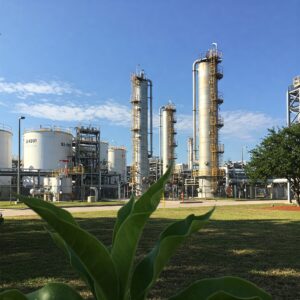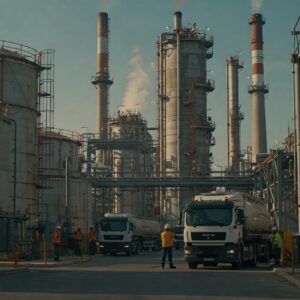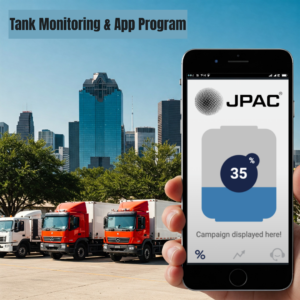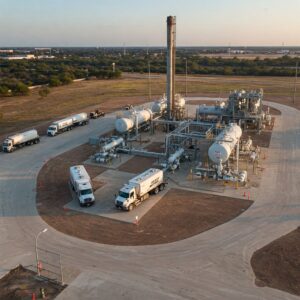Unleaded gasoline is a fundamental part of the modern fuel industry, powering millions of vehicles and industrial operations worldwide. Since the transition away from leaded fuel, it has provided a cleaner, more efficient solution for transportation and commercial use. Despite the rise of alternative energy sources, unleaded gasoline remains a dominant fuel due to its reliability, accessibility, and established infrastructure.
In this article, we will explore the role of unleaded gas in today’s fuel industry, covering its production process, distribution network, market trends, regulatory impact, and what the future holds for this essential energy source.
The Production & Refining Process of Unleaded Gas
The production of unleaded gasoline begins with crude oil extraction, followed by a series of refining processes that transform raw petroleum into a clean and efficient fuel. The role of unleaded gas in today’s fuel industry is shaped by these refining techniques, ensuring that fuel meets environmental and performance standards.
Key Refining Processes
- Fractional Distillation – Crude oil is separated into different fuel components based on boiling points. Lighter fractions, such as gasoline, rise to the top for further refinement.
- Catalytic Cracking – Larger hydrocarbon molecules are broken down into smaller, more efficient fuel molecules, increasing the gasoline yield.
- Reforming – Octane levels are boosted to enhance fuel stability and prevent engine knocking.
- Hydrotreating – Impurities like sulfur are removed to reduce emissions and meet regulatory standards.
- Blending – Additives such as detergents, corrosion inhibitors, and ethanol are introduced to optimize performance and lower emissions.
Once refined, unleaded gasoline is transported through a vast supply chain to fuel businesses, government agencies, and commercial fleets.
Distribution & Supply Chain in the Fuel Industry
The role of unleaded gas in today’s fuel industry extends beyond production—it requires an extensive supply chain to ensure fuel reaches consumers efficiently. The journey from refineries to gas stations and industrial sites involves multiple steps, ensuring a reliable and uninterrupted fuel supply.
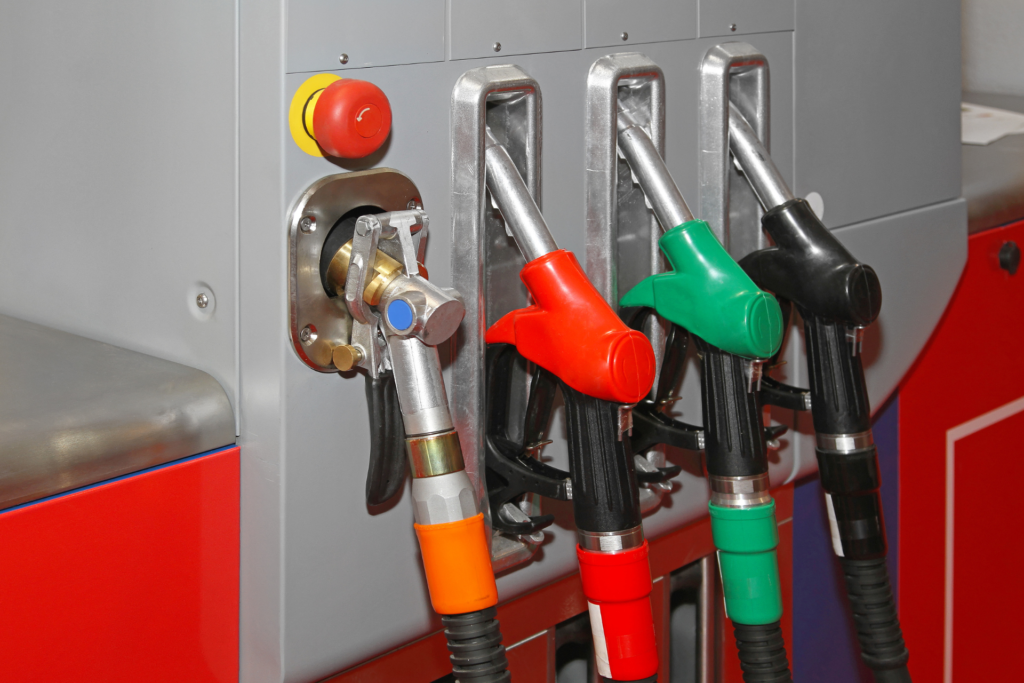
Key Steps in Fuel Distribution
- Pipeline Transportation – Large volumes of gasoline are moved efficiently through extensive underground pipelines, reducing transportation costs.
- Bulk Storage Terminals – Fuel is stored in strategically located terminals before being distributed to retailers and wholesalers.
- Tanker Trucks & Rail Transport – Gasoline is transported to fueling stations, industrial facilities, and government agencies.
- Retail & Commercial Distribution – Unleaded gasoline is dispensed at gas stations and commercial fueling locations to support businesses and the transportation sector.
A well-managed fuel distribution network ensures businesses, fleet operators, and industrial clients always have access to high-quality unleaded gasoline.
Market Trends & Demand for Unleaded Gasoline
The demand for unleaded gasoline remains strong, even as alternative energy sources grow. The role of unleaded gas in today’s fuel industry is influenced by various economic and environmental factors, shaping the market for businesses and consumers.
Factors Driving Demand
- Economic Growth – Increased transportation, trade, and industrial activity fuel demand for gasoline.
- Seasonal Consumption Trends – Gasoline demand rises in summer due to increased travel and evaporation rates.
- Regulatory Impact – Government-mandated fuel efficiency standards and ethanol blending requirements affect gasoline composition.
- Advancements in Hybrid Technology – The growing popularity of hybrid vehicles helps sustain gasoline demand while improving efficiency.
Despite the rise of electric vehicles (EVs) and biofuels, the role of unleaded gas in today’s fuel industry continues to be vital for businesses, fleet operators, and industrial applications.
Regulations & Environmental Impact of Unleaded Gas
Government regulations play a significant role in shaping the role of unleaded gas in today’s fuel industry by enforcing standards that reduce emissions and improve fuel efficiency.
Key Regulations
- Emissions Standards – Agencies like the EPA regulate pollutants such as carbon monoxide (CO) and nitrogen oxides (NOx).
- Renewable Fuel Standards (RFS) – Policies require blending gasoline with biofuels like ethanol to lower carbon emissions.
- Octane & Fuel Quality Requirements – Minimum octane ratings ensure performance and engine efficiency.
- Seasonal Fuel Adjustments – Gasoline blends are modified for summer and winter to control air quality and fuel volatility.
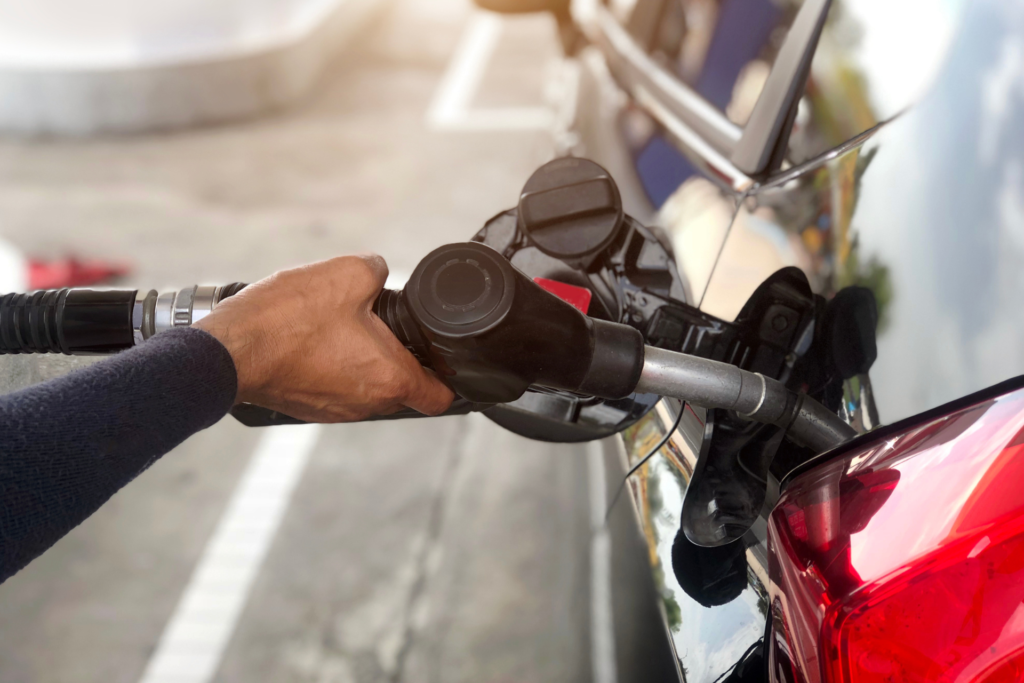
Environmental Considerations
While unleaded gasoline is significantly cleaner than leaded fuel, it still contributes to air pollution and carbon emissions. Efforts to minimize its impact include:
- Sulfur Reduction Programs – Lower sulfur content in gasoline helps reduce smog formation.
- Carbon Offset Initiatives – Businesses invest in emissions reduction programs to balance environmental impact.
- Fuel Efficiency Technologies – Advancements in engine technology improve gasoline performance while lowering fuel consumption.
By adhering to strict regulations and investing in cleaner fuel solutions, the role of unleaded gas in today’s fuel industry continues to evolve toward a more sustainable future.
The Future of Unleaded Gasoline in the Energy Sector
As the energy landscape shifts, the role of unleaded gas in today’s fuel industry remains strong, even as alternative fuels gain traction. Gasoline-powered vehicles and industrial equipment still make up the majority of the global transportation network, ensuring gasoline’s continued relevance.
What Lies Ahead for Unleaded Gasoline?
- Fuel Efficiency Innovations – Automakers are developing advanced internal combustion engines that use gasoline more efficiently.
- Expanded Biofuel Integration – Ethanol blending is expected to increase, making gasoline cleaner and more sustainable.
- Stronger Emission Controls – Stricter regulations will push refiners to develop lower-emission gasoline formulations.
- Hybrid Vehicle Growth – The rise of hybrid-electric vehicles extends the lifespan of gasoline as a fuel source.
- Infrastructure Investments – Gasoline refueling stations will continue to expand and modernize to meet evolving demand.
While alternative energy is advancing, gasoline remains a critical part of the energy mix. Businesses that rely on gasoline-powered fleets and equipment should stay informed on fuel efficiency trends and regulatory changes.
Reliable Unleaded Gasoline Solutions for Your Business
Unleaded gasoline continues to power industries across the United States and Mexico, ensuring efficient transportation and commercial operations. The role of unleaded gas in today’s fuel industry is evolving, but its reliability and accessibility make it a key energy source for businesses, fleet operators, and government agencies.
At JPAC Global Energy, we provide high-quality unleaded gasoline along with expert fuel services, including transportation, wholesale supply, and risk management solutions. Our team is committed to helping businesses navigate the changing fuel landscape while ensuring reliable, cost-effective energy solutions.
Whether you operate a commercial fleet, industrial facility, or government operation, JPAC Global Energy is your trusted fuel partner. Visit our website now or click our contact form to connect with our fuel experts and discover the right solutions for your business.



